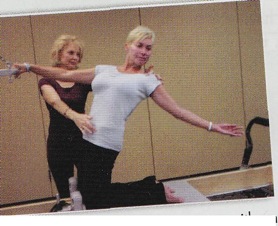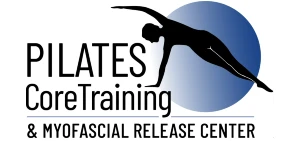
Many athletes now include Pilates in their training to improve their game. Most everyone knows that Pilates improves flexibility and core strength. It is also extremely beneficial for rotational sports athletes such as tennis players due to the dynamic stabilization of the trunk and kinetic chain link emphasis.
The exercises improve strength, flexibility, core alignment, balance and coordination. Additionally, Pilates can benefit athletes from an injury prevention or rehabilitation aspect. Recent research has shown that with consistent practice, participants have claimed less low back pain and a group of elite gymnasts reported significant im¬provement in their leap height, ground reaction time and explosive power! These benefits also translate on the tennis courts.
Donna Anderson, who attends classes at Pilates Core Training in the Roger Scott Athletic Center with instructors Barbara Bruni and Beth Bradford, couldn’t agree more. “Pilates has changed my life! It has certainly helped my tennis. I am much stronger and connected. It changes how I use my body. It has helped me at work as well. I can say that I own my body now.”
When there are weaknesses in the core, other muscles have to compensate. For instance, when the rotational muscles such as the external and internal obliques and the deeper rotators are weak then the shoulder, upper back and arm muscles have to work harder and are in jeopardy of injury. Furthermore, they are not as strong as the trunk and hip muscles so therefore there is less power in the stroke. Pilates focuses on all extremity strength and j flexibility emanating from the power of the core muscles. “Your arms and legs are only as strong as your trunk. If you just train your deltoids in an isolated manner such as when you perform shoulder flies then you are missing the kinetic chain link on how the entire shoulder girdle, back, chest, and abdominal layers all support each other. When you are out on the court all muscles are playing in harmony with each other and are not isolated. You truly are only as strong as your weakest link” according to Bruni.
Not only do your core muscles need to be strong, but your spine needs to be very flexible. “When I work with athletes, such as tennis players, I emphasize moving the trunk into all the planes of move¬ment, especially extension/rotation. This keeps the strength and power coming from the core not just the arm and shoulder. They always come back and tell me how their serve improves tremendously,” says Bradford.
